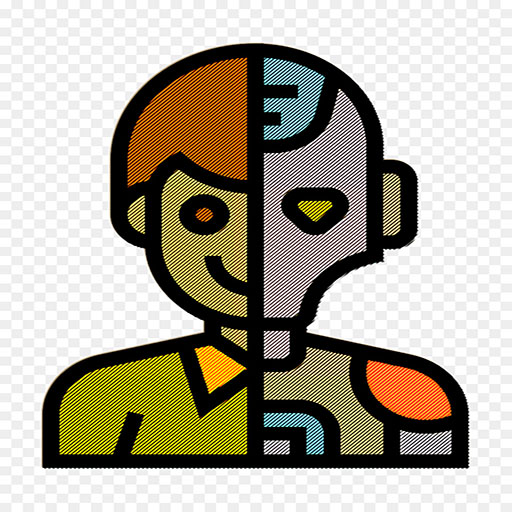Artificial Cognition for Human-robot Interaction
Abstract
Human-robot interaction can increase the challenges of artificial intelligence. Many domains of AI and its effect is laid down, which is mainly called for their integration, modelling of human cognition and human, collecting and representing knowledge, use of this knowledge in human level, maintaining decision making processes and providing these decisions towards physical action eligible to and in coordination with humans. A huge number of AI technologies are abstracted from task planning to theory of mind building, from visual processing to symbolic reasoning and from reactive control to action recognition and learning. Specific human-robot interaction is focused on this case. Multi-model and situated communication can support human-robot collaborative task achievement. Present study deals with the process of using artificial intelligence (AI) for human-robot interaction.
References
Admoni, H. and Scassellati, B., 2017. Social eye gaze in human-robot interaction: a review. Journal of Human-Robot Interaction, 6(1), pp.25-63.
Aly, A., Griffiths, S. and Stramandinoli, F., 2017. Metrics and benchmarks in human-robot interaction: Recent advances in cognitive robotics. Cognitive Systems Research, 4315, pp.313-323.
Ghazali, A.S., Ham, J., Barakova, E.I. and Markopoulos, P., 2018. Effects of robot facial characteristics and gender in persuasive human-robot interaction. Frontiers in Robotics and AI, 5, p.73.
Haring, K.S., Watanabe, K., Velonaki, M., Tossell, C.C. and Finomore, V., 2018. FFAB—The form function attribution bias in human–robot interaction. IEEE Transactions on Cognitive and Developmental Systems, 10(4), pp.843-851.
Kennedy, J., Baxter, P. and Belpaeme, T., 2017. Nonverbal immediacy as a characterisation of social behaviour for human–robot interaction. International Journal of Social Robotics, 9(1), pp.109-128.
Khandelwal, P., Zhang, S., Sinapov, J., Leonetti, M., Thomason, J., Yang, F., Gori, I., Svetlik, M., Khante, P., Lifschitz, V. and Aggarwal, J.K., 2017. Bwibots: A platform for bridging the gap between ai and human–robot interaction research. The International Journal of Robotics Research, 36(5-7), pp.635-659.
Kompatsiari, K., Tikhanoff, V., Ciardo, F., Metta, G. and Wykowska, A., 2017, November. The importance of mutual gaze in human-robot interaction. In International conference on social robotics (pp. 443-452). Springer, Cham.
Lemaignan, S., Warnier, M., Sisbot, E.A., Clodic, A. and Alami, R., 2017. Artificial cognition for social human–robot interaction: An implementation. Artificial Intelligence, 247, pp.45-69.
Olaronke, I., Oluwaseun, O. and Rhoda, I., 2017. State of the art: a study of human-robot interaction in healthcare. International Journal of Information Engineering and Electronic Business, 9(3), p.43.
Thill, S. and Ziemke, T., 2017, March. The role of intentions in human-robot interaction. In Proceedings of the Companion of the 2017 ACM/IEEE International Conference on Human-Robot Interaction (pp. 427-428).
Williams, T., Szafir, D., Chakraborti, T. and Ben Amor, H., 2018, March. Virtual, augmented, and mixed reality for human-robot interaction. In Companion of the 2018 ACM/IEEE International Conference on Human-Robot Interaction (pp. 403-404).
Yang, C., Zeng, C., Liang, P., Li, Z., Li, R. and Su, C.Y., 2017. Interface design of a physical human–robot interaction system for human impedance adaptive skill transfer. IEEE Transactions on Automation Science and Engineering, 15(1), pp.329-340.

In submitting the manuscript to the International Journal on Integrated Education (IJIE), the authors certify that:
- They are authorized by their co-authors to enter into these arrangements.
- The work described has not been formally published before, except in the form of an abstract or as part of a published lecture, review, thesis, or overlay journal.
- That it is not under consideration for publication elsewhere,
- The publication has been approved by the author(s) and by responsible authorities – tacitly or explicitly – of the institutes where the work has been carried out.
- They secure the right to reproduce any material that has already been published or copyrighted elsewhere.
- They agree to the following license and copyright agreement.
License and Copyright Agreement
Authors who publish with International Journal on Integrated Education (IJIE) agree to the following terms:
Authors retain copyright and grant the International Journal on Integrated Education (IJIE) right of first publication with the work simultaneously licensed under Creative Commons Attribution License (CC BY 4.0) that allows others to share the work with an acknowledgment of the work's authorship and initial publication in this journal.





1.png)
